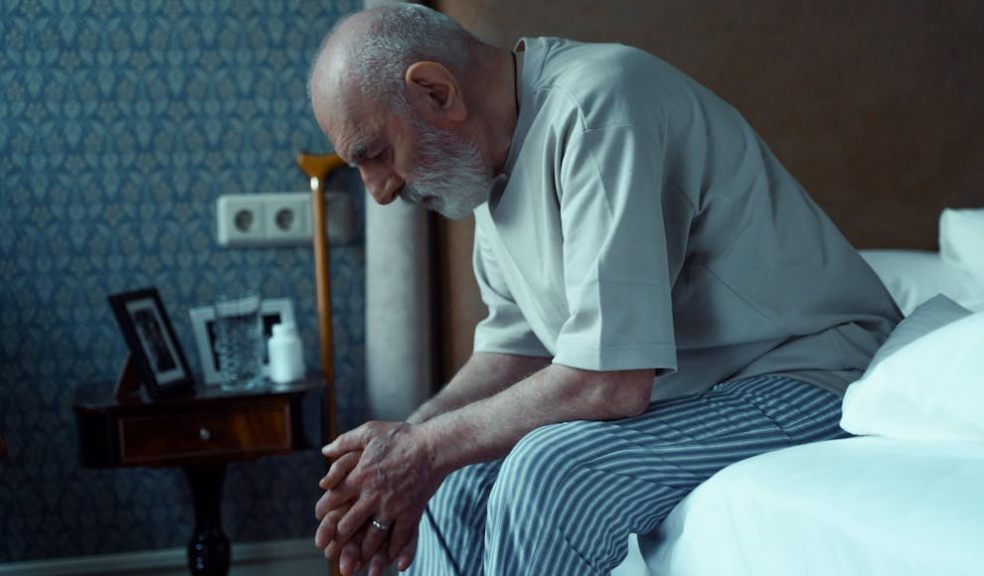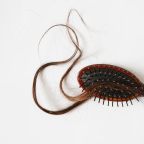
Incontinence After Prostate Surgery: What You Need to Know
Incontinence is a common side effect after prostate surgery. Whether you’ve had a prostatectomy to remove all or part of your prostate or another type of procedure, such as laser or minimally invasive surgery, it is quite typical to experience leaking urine or have difficulty controlling your bladder following the operation. This article outlines some key things you should know about coping with post-prostate surgery incontinence.
How Long Will Incontinence Last?
Many men experience incontinence immediately after having prostate surgery. In typical cases, it decreases gradually and goes away after some time has passed. Studies have found that post-surgical urinary incontinence lasts about one year on average. However, the duration varies dramatically between individuals – for some it can resolve in only weeks or months, while for others it may persist for years. About 5-10% of men continue to have incontinence problems long-term.
Types of Incontinence After Prostate Surgery
The two main kinds are stress incontinence and urge incontinence. Stress incontinence causes urine leakage when you cough, laugh, exercise, or perform any physical activity that puts pressure on your abdomen and bladder. Urge incontinence refers to a sudden urge to urinate that you cannot control. Many men have a mix of both stress and urge components to their post-operative incontinence. If you only experience minor occasional dribbling, this is likely stress incontinence. Frequent large leaks with a constant urge suggest urge incontinence, which can be more challenging to overcome.
Treatment Options
If your incontinence does not resolve on its own within about a year, there are treatments that may help better control leakage including medication, medical devices, injectables, and sometimes additional surgery. A urologistcan assess your situation and suggest the best management approach. An easy starting point is to do pelvic floor exercises, also called Kegels. By strengthening the muscles that control urine flow, these exercises may reduce stress leakage. Lifestyle adaptations like limiting fluids before bedtime, avoiding bladder irritants like caffeine and alcohol, and properly positioning yourself during activities can also help minimise incidents.
Incontinence Products
While you recover continence control, incontinence pads, disposable incontinence pants, and other products can provide protection from leaks and accidents. Pads, shields, and guards can be worn within your underwear to absorb urine. Pull-on incontinence pants resemble normal underwear but have cotton-lined padding sewn into them. Some feature waterproof outer layers as well. Disposable pants are a convenient option when away from home as you only need to pack clean replacements not bulky padding. With so many types and absorbency capacities of pads and pants available, it is beneficial to experiment to find one that suits your needs and is comfortable to wear.
Experiencing incontinence for weeks or months after prostate surgery is common and normal in most cases. Be patient with your bladder rehabilitation and utilise incontinence products as needed for the short or long term. With time, supportive treatments, and lifestyle changes, you can overcome or better manage leakage issues. Consult your urologist or continence advisor for guidance to improve control and quality of life after prostate cancer treatment.













